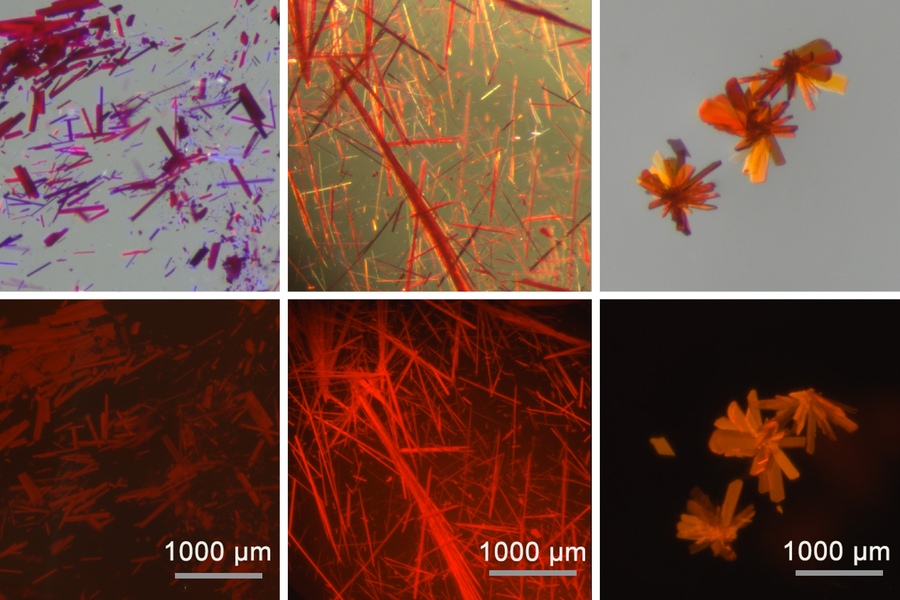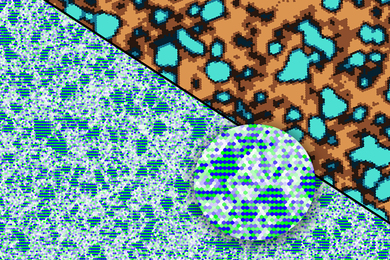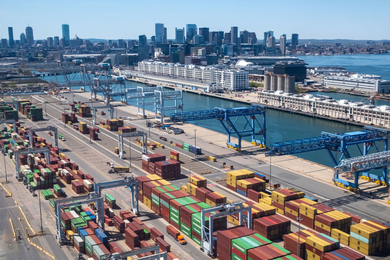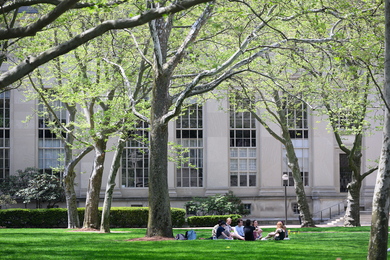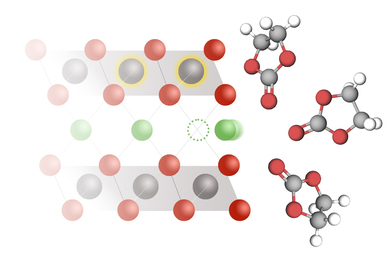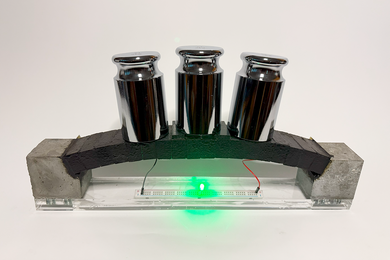Top News
Today’s Featured News
In the Media
Community Updates
Featured Multimedia
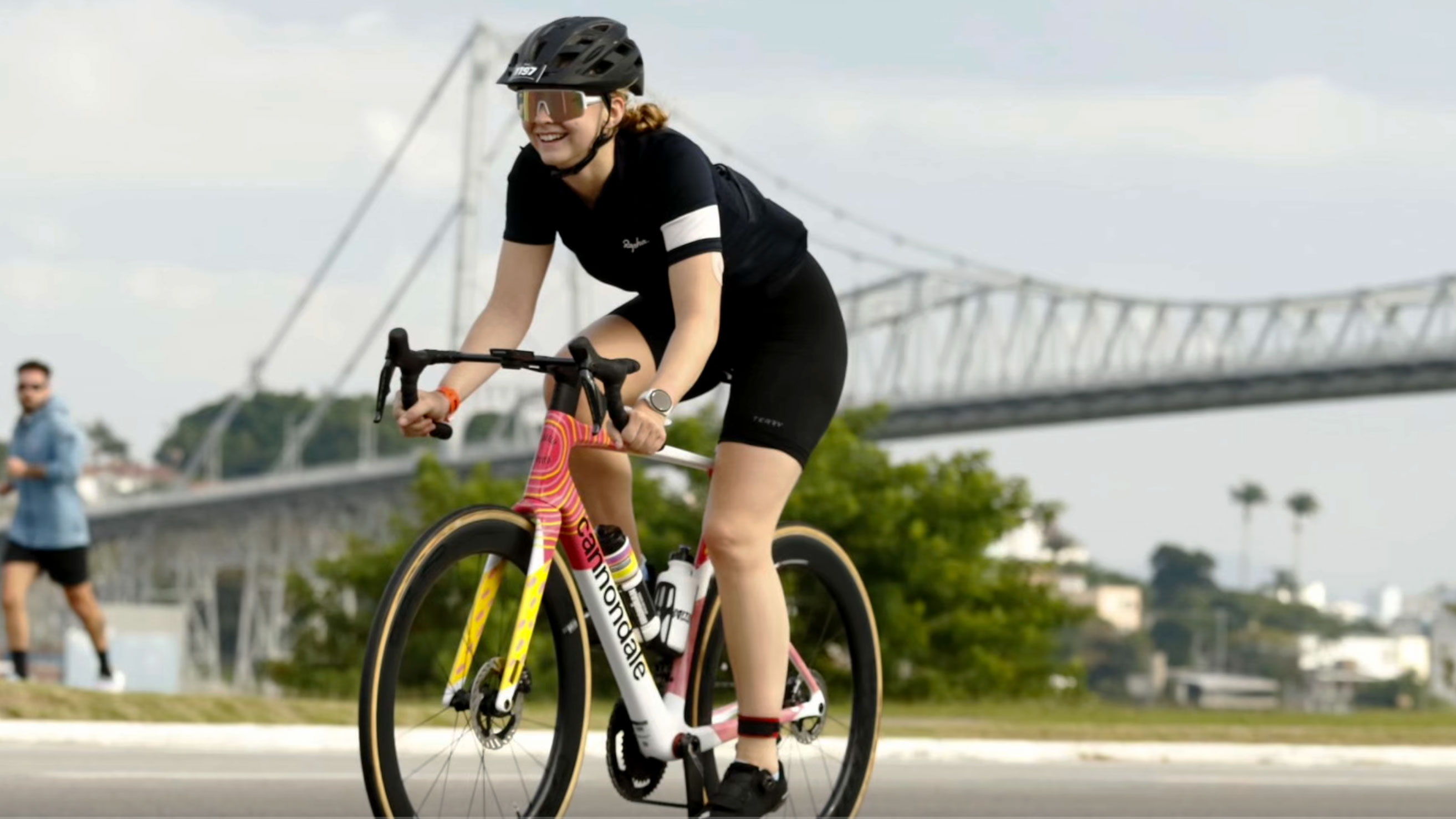
MIT Grad Student and Triathlon Club member Abby Lee is going for her Masters Degree in Aerospace Engineering, and attempting to literally put her name in the books. The Guinness Book of World Records to be precise! Check out this short film about her journey to competing in Ironman triathlons on all six inhabited continents.

In the Arctic’s unforgiving environment, Dave Whelihan of MIT Lincoln Laboratory is developing resilient sensing technologies to track shifting sea ice. Using the U.S. Navy’s Operation Ice Camp infrastructure, he’s testing prototype sensor nodes that monitor ice changes—vital for safeguarding U.S. strategic and economic interests along Alaska’s 1,000-mile Arctic coastline.

Stefanie Mueller is an associate professor in MIT's Electrical Engineering and Computer Science, and Mechanical Engineering departments. Her work is focused on developing novel hardware and software systems that advance personal fabrication technologies. In this episode President Kornbluth talks with Mueller about the future of customizable 3D printing, what it could mean to manufacturing and sustainability, and how to make it accessible to everyone.

Whitney Zhang ‘21 is a PhD student in MIT’s Department of Economics studying labor economics. Exploring how the technological and managerial decisions that companies make affect workers, across the pay spectrum, Zhang believes in the importance of valuing workers regardless of where they fit into an organizational chart.

MIT Museum curator Debbie Douglas is driven by a question: “Why are things the way they are today?” With some 1.5 million objects from throughout MIT’s history, today’s museum holds broad appeal for anyone who is, as Douglas says, “insanely curious.”

Artificial intelligence (AI) optimization offers benefits for mechanical engineers, including faster and more accurate designs and simulations, improved efficiency, and reduced development costs. In MIT class, AI and Machine Learning for Engineering Design, students use tools and techniques from artificial intelligence and machine learning for design, with a focus on the creation of new products and on engineering design challenges.
